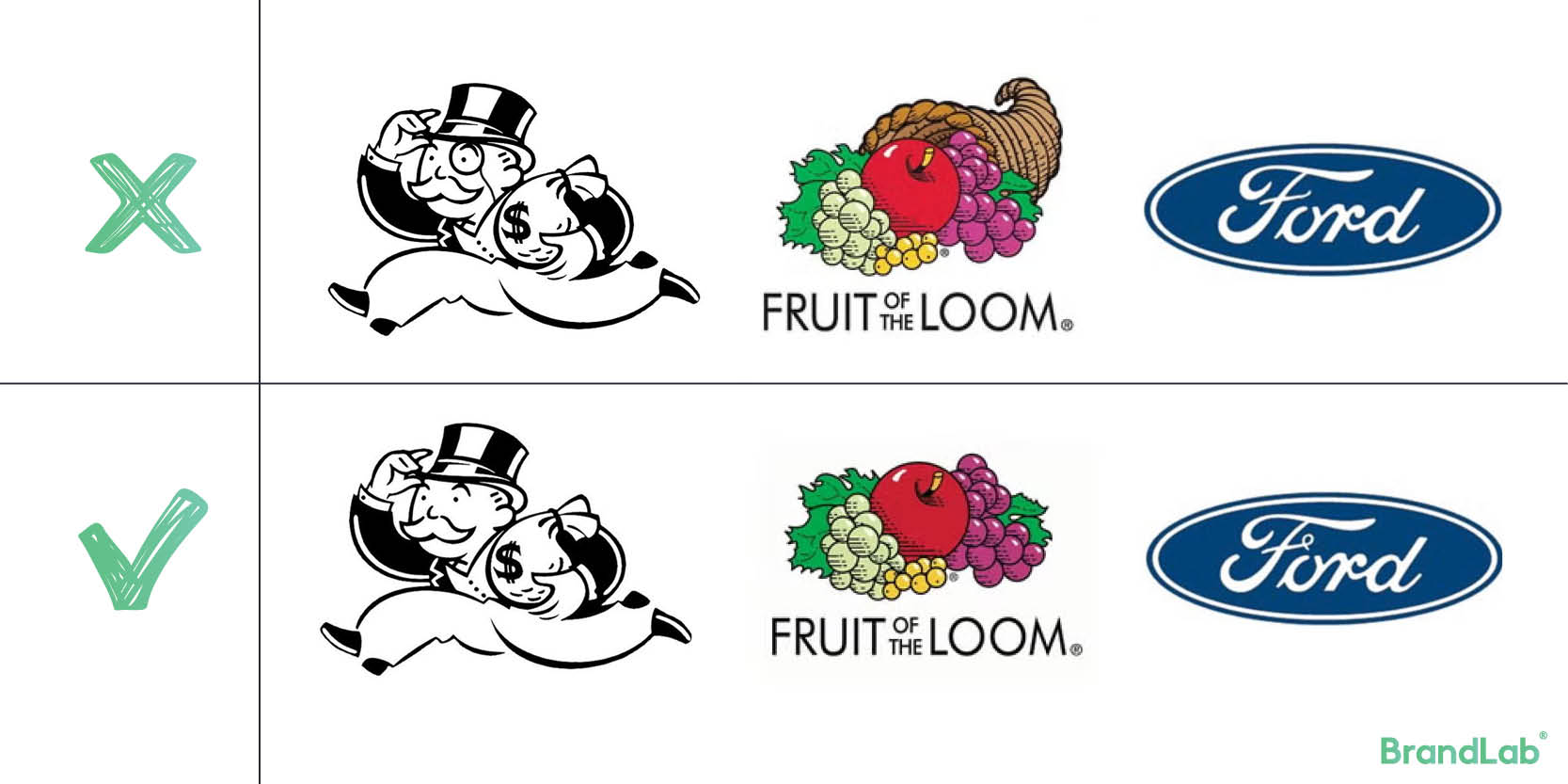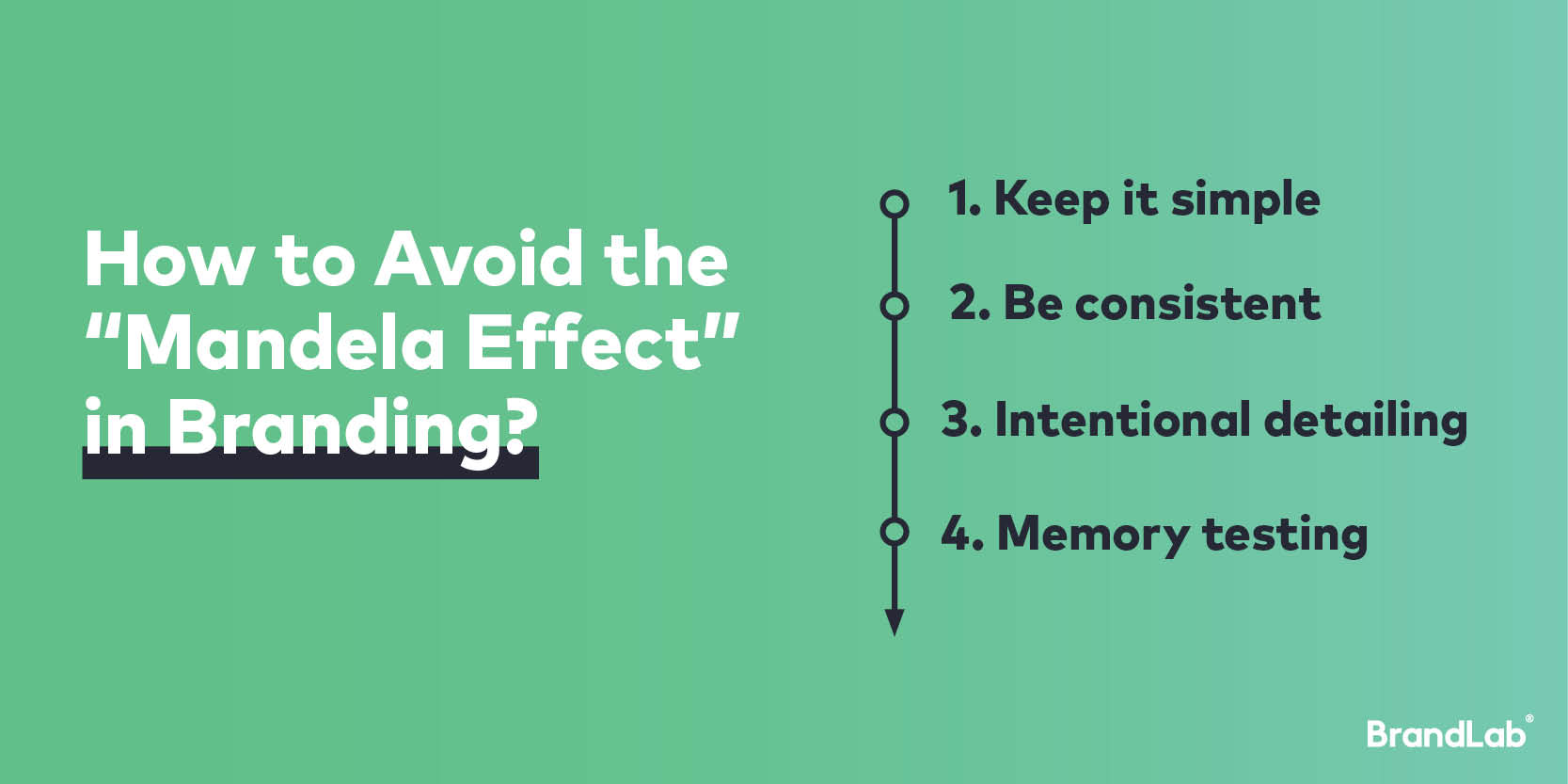
Are you convinced that the Monopoly man wears a monocle? Or that Pikachu’s tail ends in black? If you nodded, you're not alone. You may have just experienced what's known as the Mandela Effect – a collective false memory that’s been confusing even the world’s biggest brands. And yes, even designers.
The Mandela Effect is a psychological phenomenon where a large group of people remember something that never actually happened – or misremember it in the same way. In branding, this is particularly fascinating because it often shows up in logos we all see daily… and still recall incorrectly.

It’s how the brain fills in visual gaps using past experiences, cultural references, and expectations. Some of the most famous examples include:
· The Monopoly Man – Contrary to popular belief, he doesn’t wear a monocle.
· Fruit of the Loom – There’s no cornucopia behind the fruit, yet many remember it vividly.
· Ford – The logo includes a fancy loop in the "F", which many people don’t notice until it’s pointed out.
The "Mandela Effect" refers to a phenomenon where a large group of people shares the same false memory. The term comes from the widespread but incorrect belief that Nelson Mandela died in prison during the 1980s, even though he was actually released in 1990 and passed away in 2013. This effect highlights that human memory is not always a perfect recording of reality — it can be shaped by assumptions, social influences, and collective misremembering.
This isn't just a quirky cognitive glitch – for brands, it can be a real challenge (or a rare opportunity). If people misremember your logo, it could mean:
· a lack of brand consistency,
· higher risk of being confused with competitors,
· a weaker connection between the visual identity and the brand message,
· or the creation of false memories you can’t control.
In the best-case scenario, the Mandela Effect means you left an impression – albeit the wrong one. In the worst case, it means you’re forgettable… or worse, remembered incorrectly.
Designers and brand strategists can take specific steps to avoid these branding memory traps:
1. Keep it simple: The fewer visual elements, the less chance of misinterpretation.
2. Be consistent: Use the exact same version of your logo across every platform – digital, print, packaging, etc.
3. Intentional detailing: If your logo includes distinctive features (a serif, a curve, a shadow), highlight them in your communication.
4. Memory testing: Use A/B testing or rapid recall tests. If people can’t remember your logo correctly after five seconds, something’s off.

In a world where brands fight for split-second attention, being recognized is not enough. What matters is how you’re remembered. If your customers’ memory is working for you, that’s a win. If not, your brand might exist only in imagination – not in reality.
Someone might see you today. But tomorrow, they'll draw you with a monocle you never wore.














